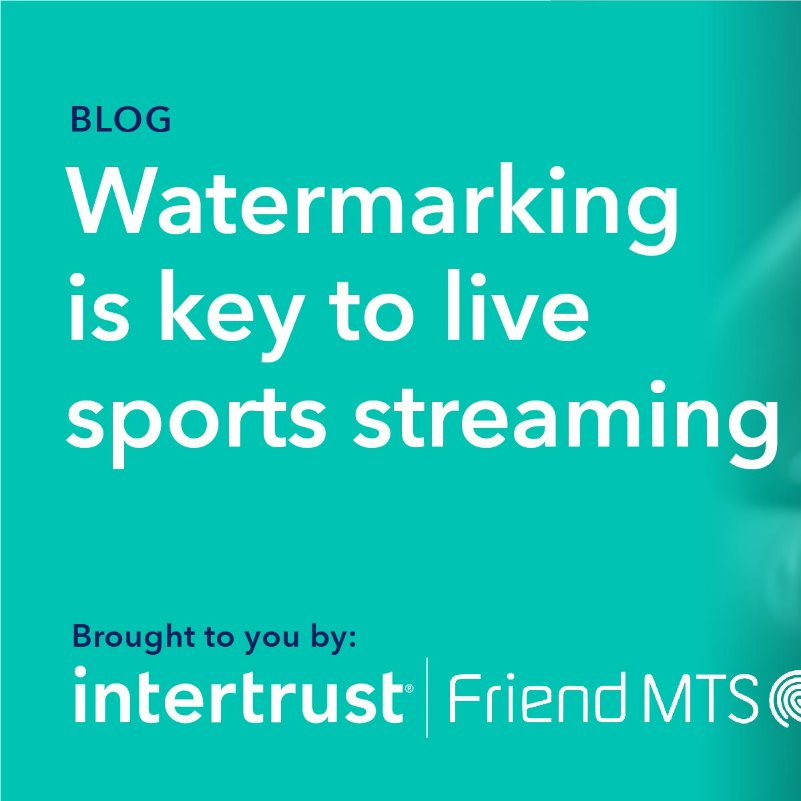Client-composited watermarking occurs within the consumer device. The embedded player accesses the cloud service which replies with a unique identifier as a forensic watermark. The video watermark information is converted into a pattern, similar in concept to a QR code, that is “composited” with the video via an overlay.
At Friend MTS, we have deployed this technology at scale successfully, day in and day out, for major operators and platforms. We offer two client-composited services ideal for live sports watermarking programming: ASiD Embedded for set-top boxes and ASiD OTT Client-composited for over-the-top media. Recent enhancements in the ASiD 4th Generation release have increased the effectiveness in identifying subsequent restreaming.
A/B watermarking creates two versions of each video stream, distinguished only by watermarks. The method breaks the streams into segments, and then combines them into a single stream containing a unique combination of A and B segments. The result is that no two users receive the same sequence.
At Friend MTS, we recently re-introduced our A/B variant watermarking technique called ASiD Edge-switched as part of the ASiD 4th Generation release. The new service works seamlessly with other Friend MTS solutions, including Distribution ID, which identifies the distribution source of pirated content. While it can be used for live sports, ASiD Edge-switched is best for Video-On-Demand (VOD) content.
Winter-Proofing Your Water Hea...
Smart Ducted Air Conditioning ...
Beyond the Clinic How NDIS Phy...
Catchy Colorful and Custom Bea...
Small Wedding Venues Sydney fo...
Why Is Email Marketing Importa...
Keep Your Surfaces Pristine Ho...
The Future of Custom Cardboard...
Getting That Well-Rested Look ...
Importance of Quality and Heal...

